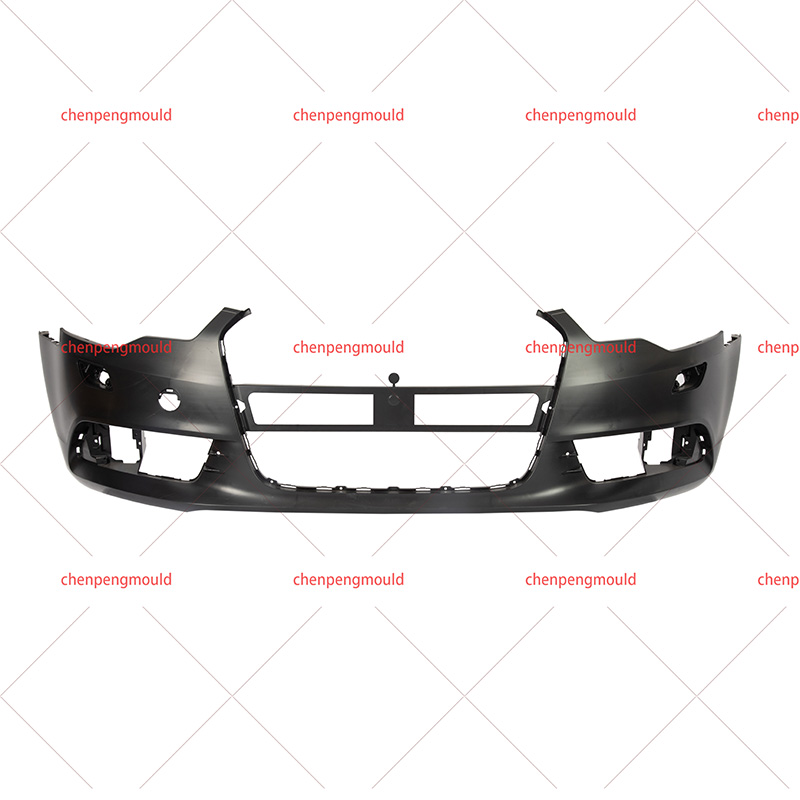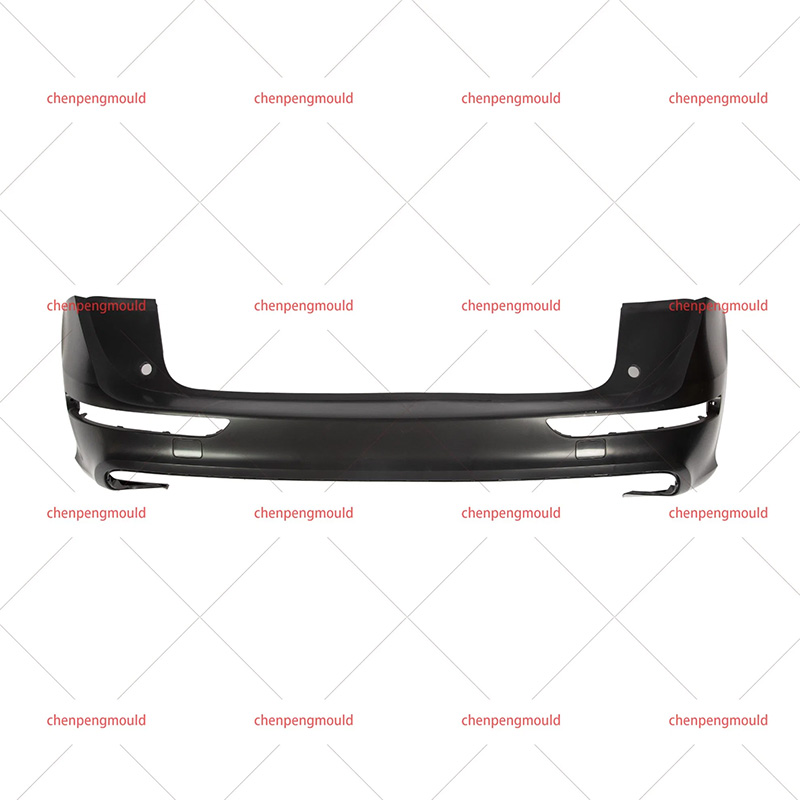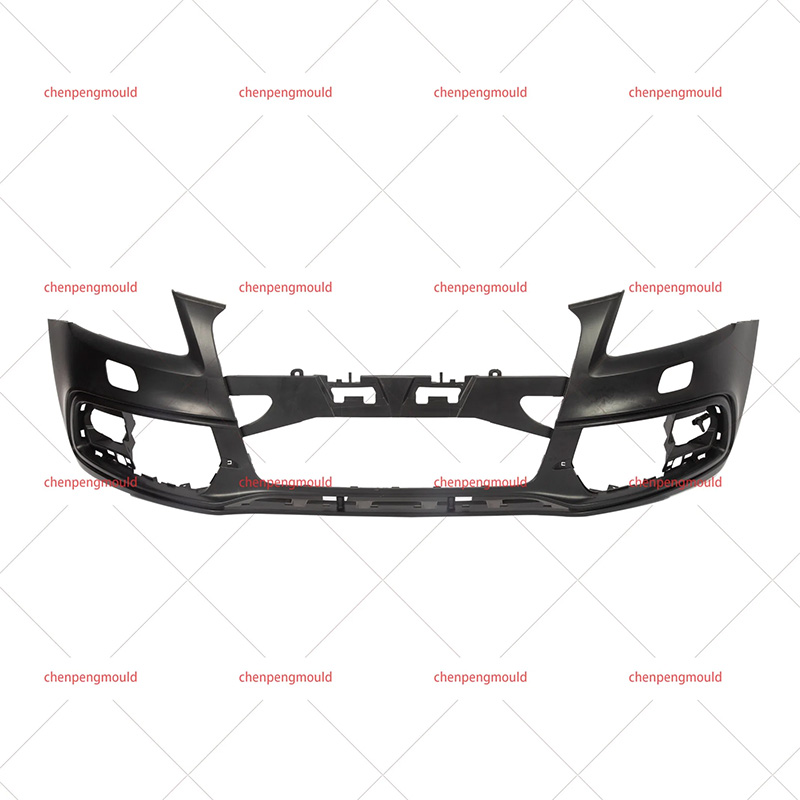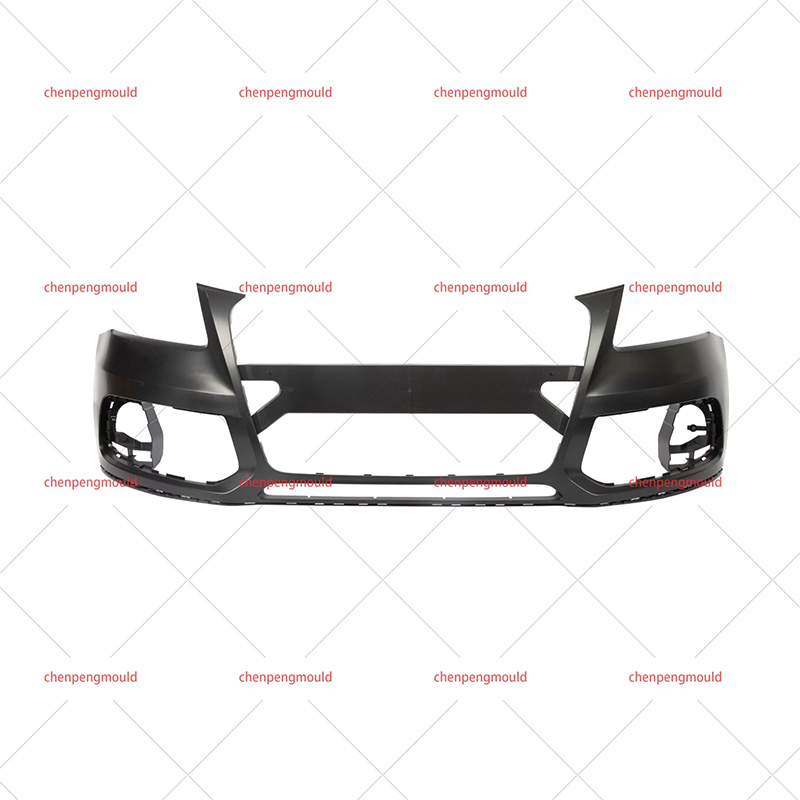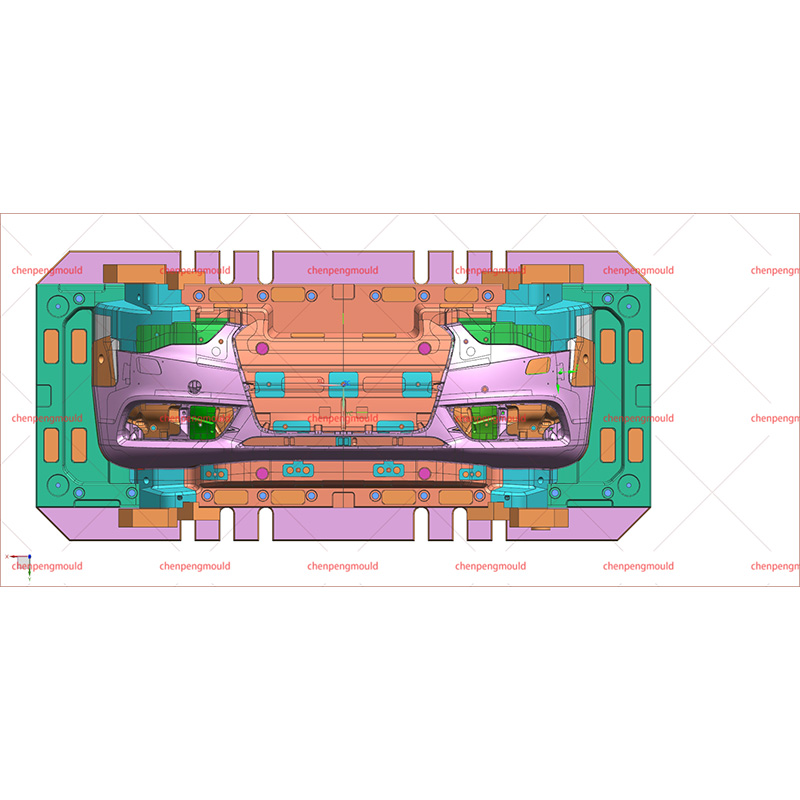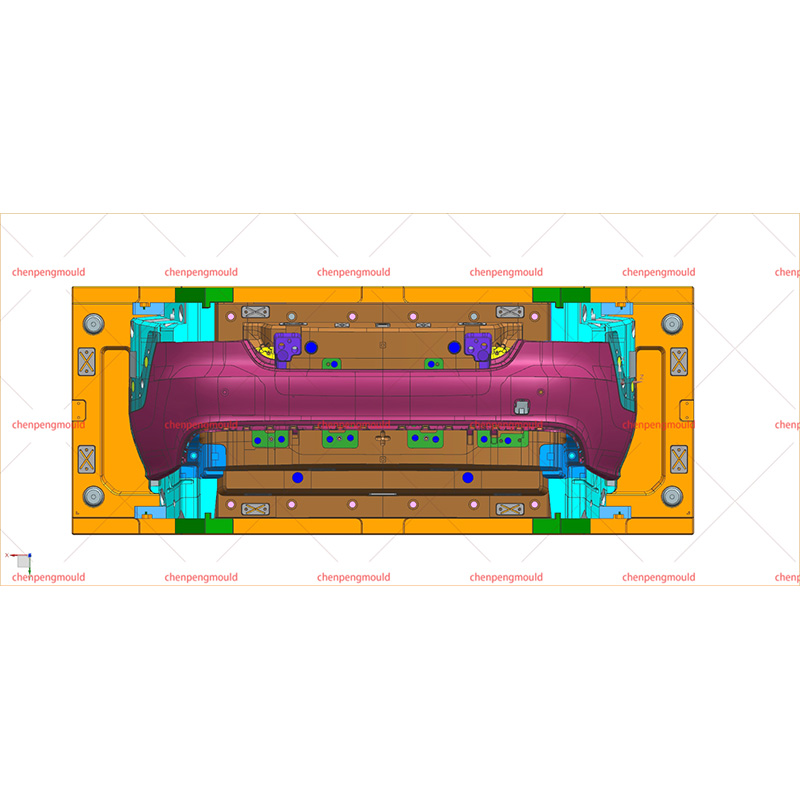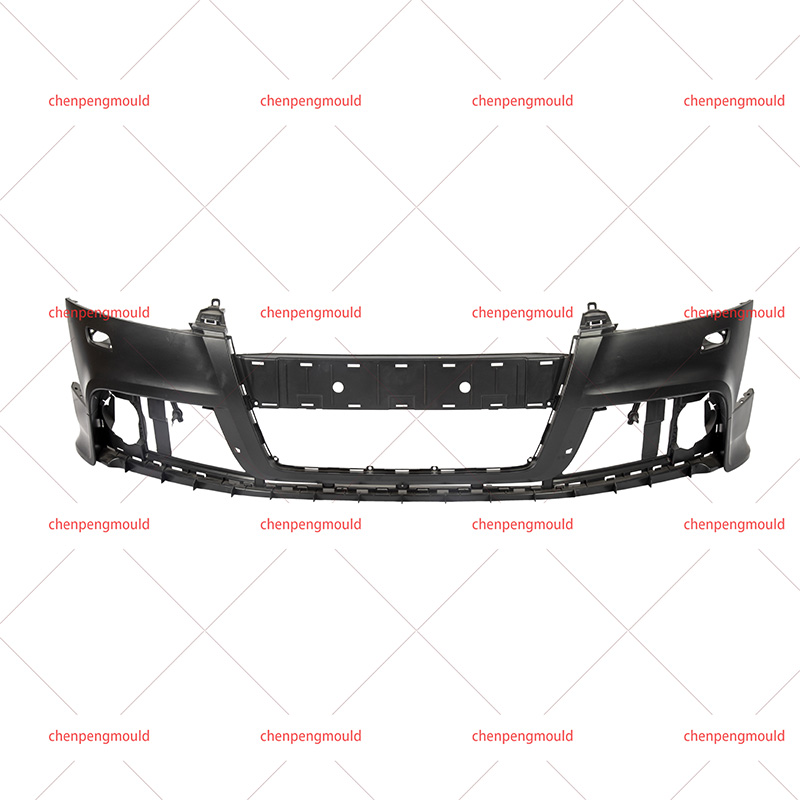In the early days of automobile manufacturing, bumpers were typically made from steel, chrome, or rubber. The primary function of the bumper at this time was to protect the vehicle from low-speed impacts. Although these materials offered some protection, they were often bulky and did not blend well with the aesthetic design of the car.
During the mid-20th century, as automobiles began to focus more on streamlined designs and improved safety, bumpers started to undergo changes. Rubber bumpers, which were more flexible than metal, were introduced to absorb impacts more effectively. However, rubber bumpers were still bulky and not as aesthetically pleasing as manufacturers desired.
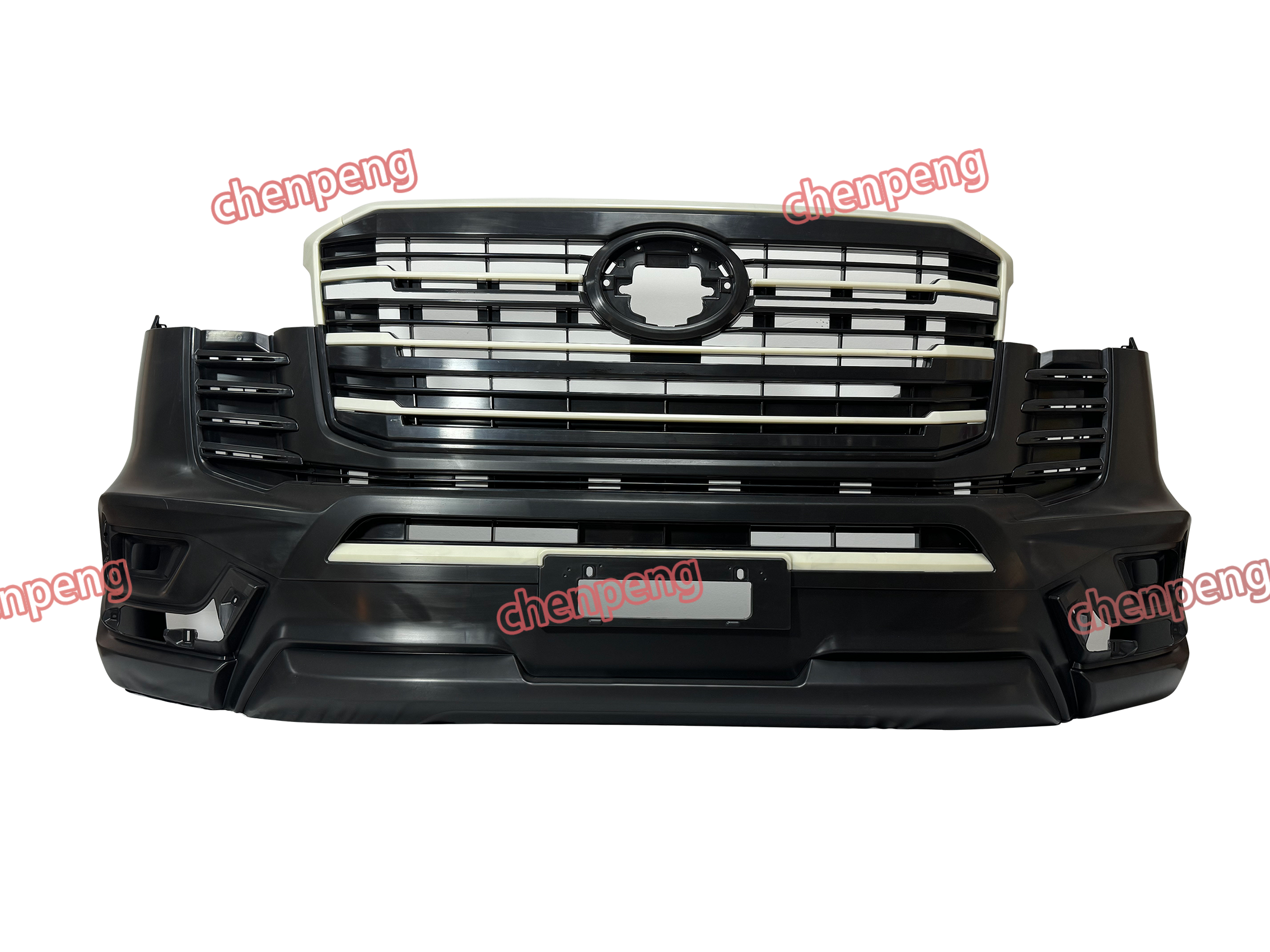
As vehicle designs continued to evolve, there was a push for lighter, more flexible materials that could serve both functional and aesthetic purposes. This marked the beginning of the use of plastic in automotive components, including plastic bumper molding.
The 1960s and 1970s saw significant advancements in the use of plastics within the automotive industry. The rise of plastics, particularly in the form of thermoplastics and polyurethane, allowed for the creation of lighter and more durable bumper moldings. These materials could absorb impact better than metal or rubber and offered greater flexibility in design, enabling manufacturers to create more aesthetically pleasing, aerodynamic bumpers.
During this period, plastic bumper moldings began to gain popularity for their ability to withstand small impacts and resist corrosion. Unlike metal bumpers, plastic moldings did not suffer from rust, which was a common problem with older steel bumpers. The ease of molding plastic also allowed manufacturers to create custom shapes and sizes, giving cars a more modern, refined look.
One of the key advancements in this period was the introduction of plastic injection molding, a manufacturing process that allowed plastic components to be produced in high volumes and at a lower cost. This process enabled car manufacturers to produce bumper moldings that were lightweight, durable, and affordable.
By the 1980s, plastic bumper moldings had become a standard feature on many vehicles, particularly those from European and Japanese automakers. This period also saw the introduction of new plastic materials such as ABS (Acrylonitrile Butadiene Styrene), which provided a combination of strength, impact resistance, and aesthetic appeal.
Today, plastic bumper moldings are made from advanced materials and are designed not only for protection and aesthetics but also for functionality. The materials used in modern plastic bumper moldings are stronger, lighter, and more resistant to wear and tear. Additionally, new manufacturing technologies have made it easier to create more complex and detailed designs.
The materials used in plastic bumper moldings today are highly engineered to meet the specific demands of the automotive industry. Some of the commonly used plastics include:
Polypropylene (PP): This is one of the widely used materials for plastic bumpers. Polypropylene offers a balance of flexibility, durability, and resistance to impact. It is also lightweight and cost-effective, making it a popular choice for manufacturers.
Polyurethane (PU): Polyurethane is often used for bumper moldings that require a higher degree of flexibility. It is resistant to abrasion and has impact absorption properties. PU is also known for its ability to retain its shape even after being subjected to repeated stress.
ABS (Acrylonitrile Butadiene Styrene): ABS is valued for its strength, toughness, and ease of molding. It provides impact resistance and is often used in higher-end vehicles, especially for parts that require both strength and aesthetic appeal.
Thermoplastic Olefins (TPO): TPO is a blend of polypropylene and ethylene-propylene rubber that is highly resistant to UV radiation, heat, and chemicals. TPO has become increasingly popular for bumper moldings due to its durability and ability to retain its color and finish over time.

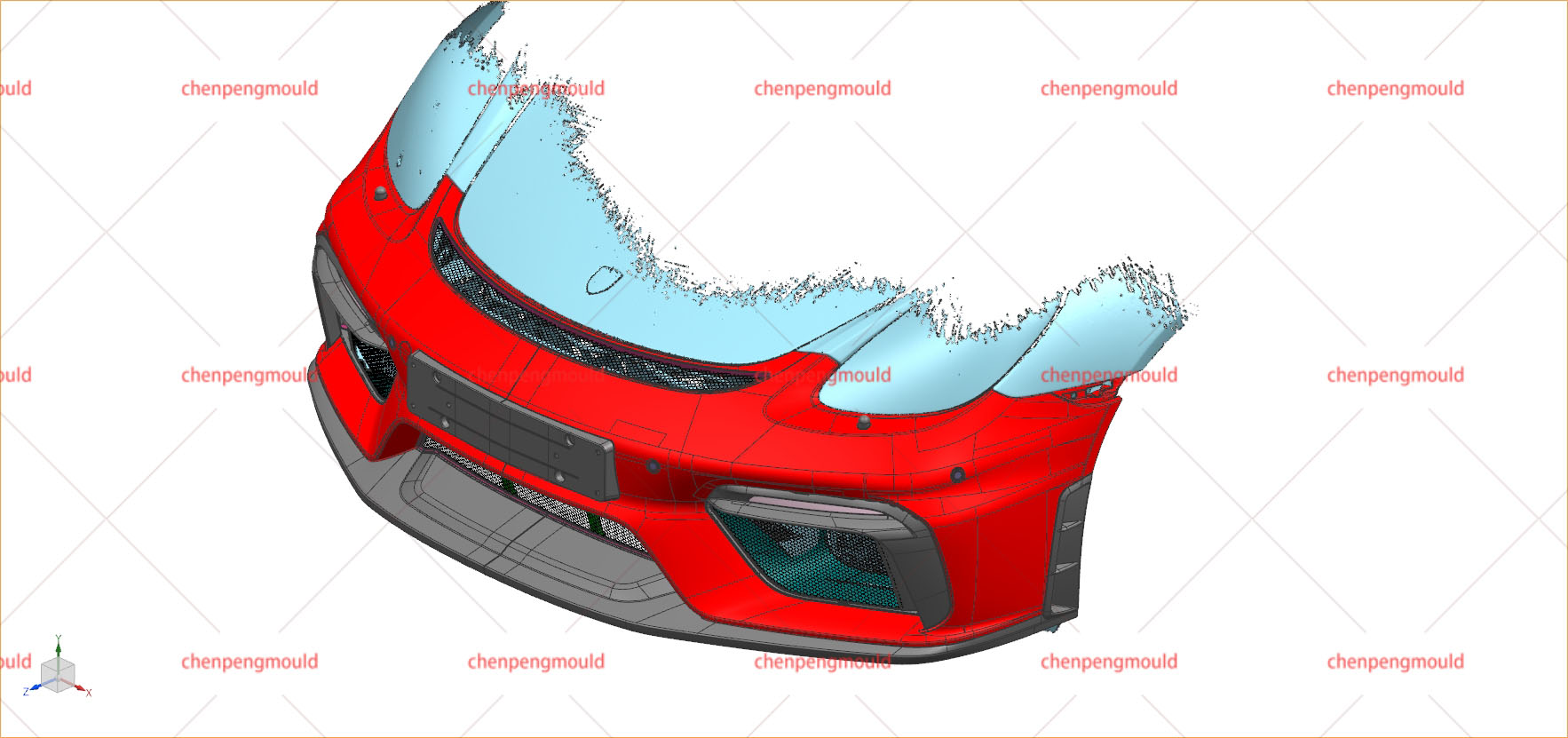
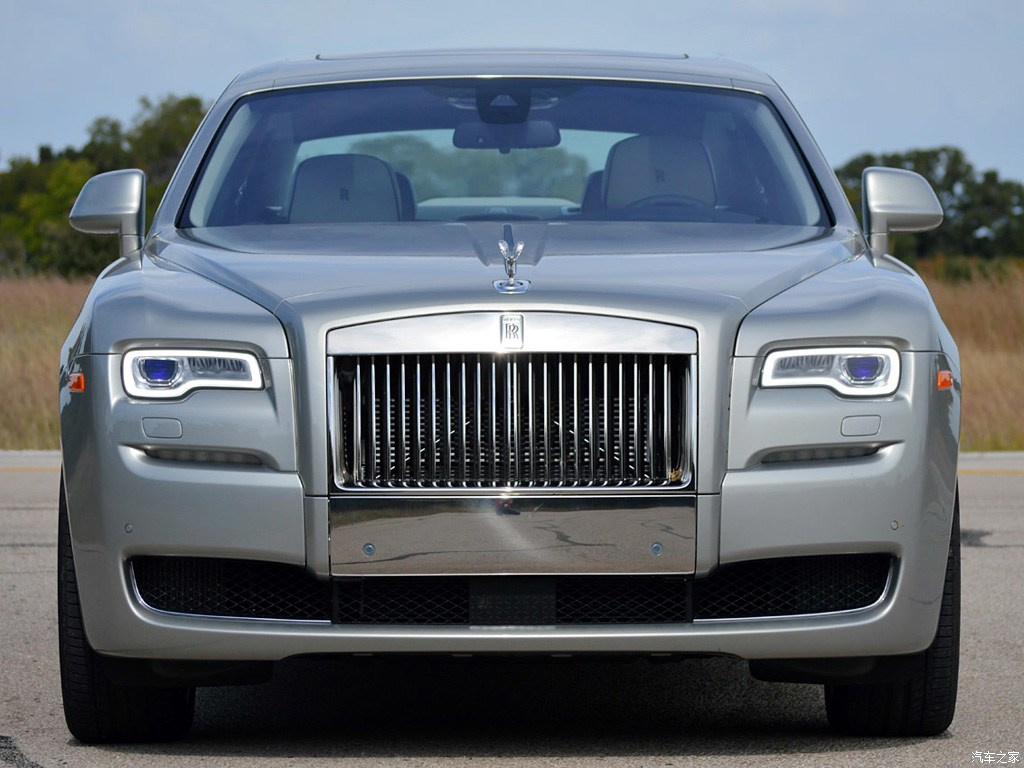
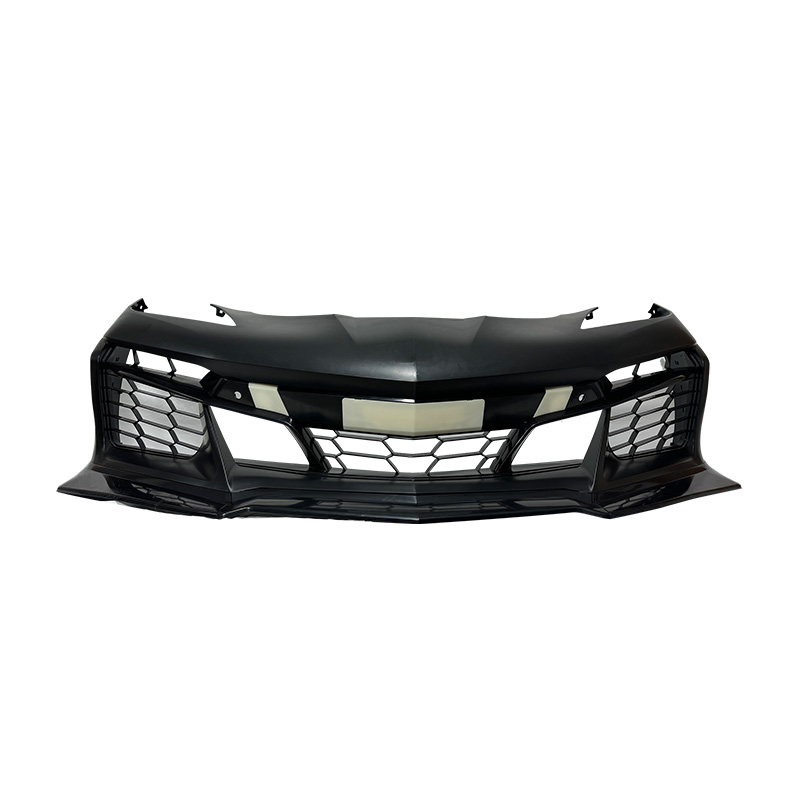
 +86-18357617666
+86-18357617666
